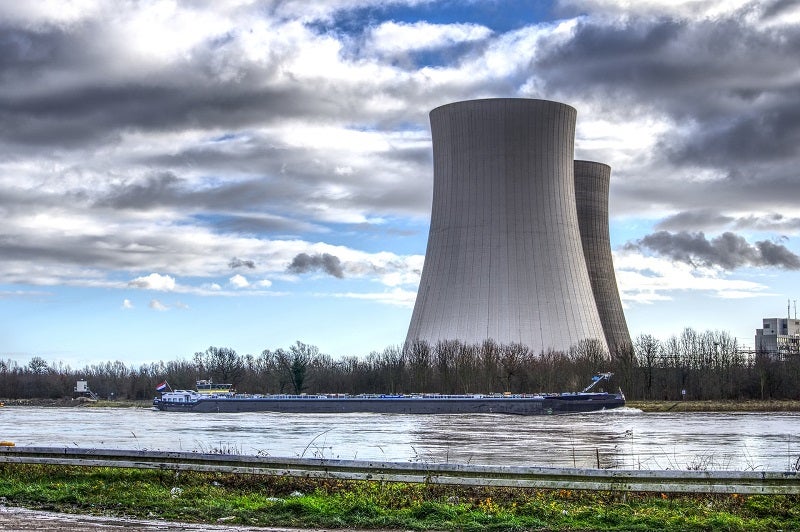Kirchberg is a 52.9MW onshore wind power project. It is located in Rhineland-Palatinate, Germany. According to GlobalData, who tracks and profiles over 170,000 power plants worldwide, the project is currently active. It has been developed in a single phase. Post completion of construction, the project got commissioned in 2012. Buy the profile here.
Description
The project was developed by Energieversorgung Offenbach and juwi. The project is currently owned by MVV Energie.
The project generates 125,000MWh electricity and supplies enough clean energy to power 35,000 households, offsetting 100,000t of carbon dioxide emissions (CO2) a year.
The project has 138m high towers.
Development status
The project is currently active. The project got commissioned in 2012.
Contractors involved
Enercon was selected as the turbine supplier for the wind power project. The company provided 23 units of E-82 E2 / 2,300 kW turbines, each with 2.3MW nameplate capacity.
See Also:
For more details on Kirchberg, buy the profile here.
About juwi
juwi AG (juwi), a subsidiary of MVV Energie AG, is a renewable energy company that offers project development, engineering procurement, and construction services; and products and solutions for the energy turnaround. It offers whole-scale project development services for the planning and construction of on-shore wind farms and PV-plants. The company plans to constructs and develops large-scale solar off-grid plants with more than 1 MW capacity. juwi also provides various energy systems including photovoltaic, batteries or hybrid systems for diesel generators. It serves mining, cement, desalination, commercial and industrial, tourism, and agricultural customers across Asia, Europe, Africa and North America. juwi is headquartered in Worrstadt, Germany.
Premium Insights
From

The gold standard of business intelligence.
Blending expert knowledge with cutting-edge technology, GlobalData’s unrivalled proprietary data will enable you to decode what’s happening in your market. You can make better informed decisions and gain a future-proof advantage over your competitors.




